Subperiosteal implants are a type of dental implant that offers a beneficial solution for individuals with insufficient bone density in their jaw to support traditional implants. They’re alternative implant treatments to endosteal implants if a candidate has severe bone loss or other dental health issues. Subperiosteal implants are custom-made and designed to fit securely onto the jawbone under the gum tissue, providing a stable foundation for artificial teeth. Below, we’ll go over some of the pros and cons of subperiosteal dental implant technology so you can determine whether it’s the right dental restoration process for you.
Advantages of Subperiosteal Implants
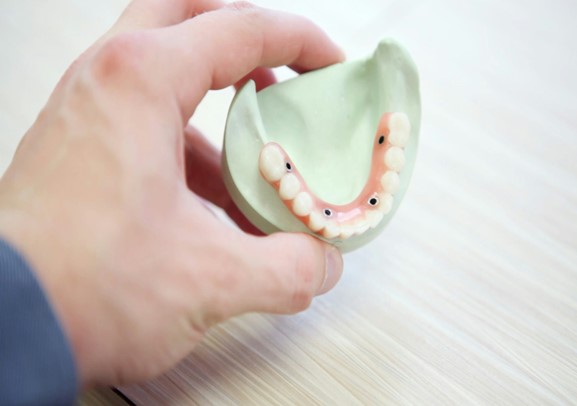
Subperiosteal implants provide a practical and efficient solution for individuals looking to restore their smiles with natural-looking and reliable replacement teeth. Along with a restored smile and oral function, there are several other advantages to subperiosteal implant treatment, including:
- Versatile and customizable: These dental implants are custom-designed to fit each patient’s unique oral anatomy, allowing for a precise and tailored fit. The customization results in a more stable and secure implant, reducing the risk of complications and ensuring a comfortable fit for the patient.
- No grafting required: Subperiosteal dental implants are placed under the gumline with a metal frame, but above the bone. By being placed on top of the jaw bone, they avoid the need for bone grafting procedures, which can be costly and time-consuming.
- Easy care and maintenance: The custom-made implants operate just like natural teeth, so they are easy to clean and maintain with regular brushing and flossing, making them a hassle-free option for patients.
Disadvantages of Subperiosteal Implants
While subperiosteal implants can be a suitable option in many situations, it is important for patients to be aware of the potential disadvantages associated with this type of implant. Some of the potential drawbacks of this type of dental implant include:
- Complex surgical procedure: Unlike traditional endosteal implants, which are inserted directly into the healthy jawbone, subperiosteal implants involve creating a custom-made metal framework that sits on top of the bone and beneath the gums and then placing the prosthetic teeth on that frame. This process can be more invasive and time-consuming, increasing the risk of complications and prolonging the patient’s healing time.
- Bone resorption: Since these implants do not integrate directly with either the mandibular bone, like endosteal implants, or even the zygomatic bone, like zygomatic implants, they may not provide the same level of stability and support. This can lead to severe bone loss around the implant site, affecting the long-term stability and durability of the implant.
- Risk of infection: Subperiosteal implants differ from traditional dental implants and even zygomatic implants (attached to the cheek bone) in that they are positioned on top of the bone but beneath the gum line. This can put these implants at risk of infection from bacterial infiltration in some cases. When the metal frame of the subperiosteal dental implant is placed under the gum tissue, the protective barrier of the gums is compromised, potentially allowing bacteria to enter the implant site that could cause infection while in the healing process or even after. This risk is particularly concerning for individuals with a history of gum disease or poor oral hygiene habits.
- Implant Placement Limitations: Not all patients are good candidates for this type of implant; use cases are typically for patients who don’t have enough bone to support an endosteal dental implant.
- Insufficient Long-Term Data: Although subperiosteal implants have been utilized for several years now, there is a lack of comprehensive long-term research regarding their effectiveness and durability. As a result, it can be challenging to anticipate their performance over several years periods.
- Cost: The cost of subperiosteal implants can be more than other types of implants simply because they require an invasive surgical procedure to embed the metal frame and replacement teeth, along with custom fabrication, although they do have a high success rate.
At 4M Dental Implant Center, it’s important for us to educate our patients about all of their available options for missing teeth. The subperiosteal implant isn’t as commonly used today, considering advancements in bone grafting, more innovative implant types, and less invasive procedures like zygomatic implants and pterygoid implants, which also have shorter treatment times and healing periods. pterygoid implants, which are less invasive and have shorter treatment times.
Choosing 4M Dental Implant Center for High-Quality Dental Implants

The process of getting dental implants is a significant investment in both time and money, and it’s crucial to ensure you’re entrusting your oral health to a skilled and experienced professional. As a permanent solution to tooth loss, dental implant procedures require precision and attention to detail.
4M Dental Implant Center is led by a team of trustworthy dental professionals. We’re a comprehensive dental practice with decades of combined experience and multiple locations throughout Southern California and Las Vegas. Our full-service offices can do everything from general and sedation dentistry to cosmetic improvements and dental implant treatments. We’ll walk you through the best dental solutions for your oral health and discuss whether you’re a suitable candidate for subperiosteal implants or which other treatment option might be the best choice for you.
Our licensed professionals and implant dentists have seen and worked with many complex cases. With a focus on using the latest dental implant techniques and dental technology, we’re ready to provide you with durable and natural-looking implants that can significantly improve your quality of life. Schedule a dental implant consultation with us today at one of our California locations or our Las Vegas location and restore your confidence with a healthier smile.

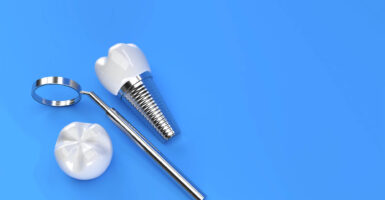
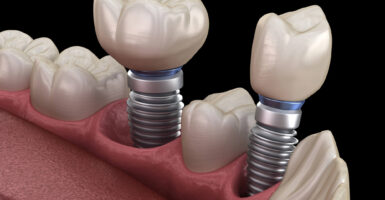
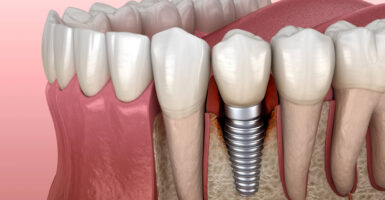

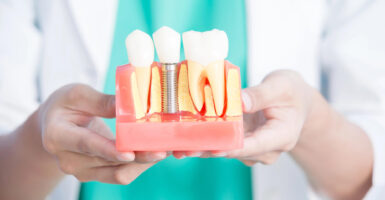

Reader Interactions